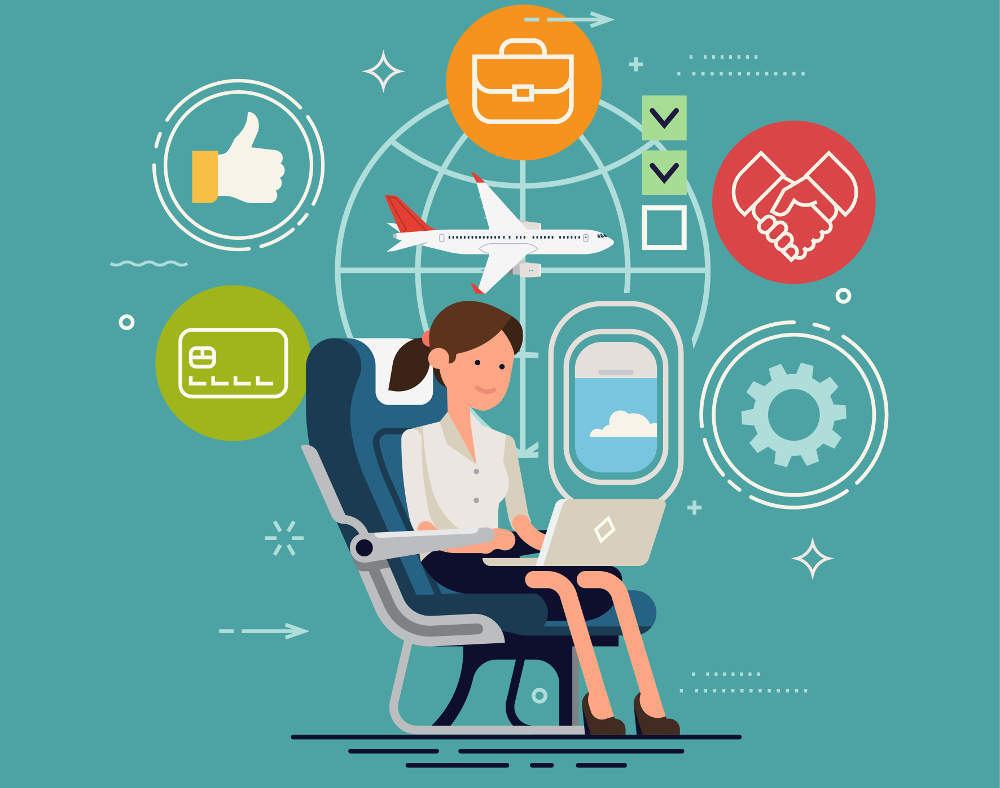
In-flight airplane wifi has been slow to deploy and where it has done it’s underwhelmed.
Most North American operators have had wifi for years but others haven’t rolled it out.
However, airlines made significant progress in deploying in-flight wifi in the past year, not just in the number of flights offering wifi but also in connection speeds.
Better in-flight wifi will likely mean airlines remove in-flight entertainment options.
While internet speeds on most flights have traditionally been frustratingly slow, with dozens of people fighting for the same limited bandwidth, that’s beginning to change.
Retrofitting planes with wifi has become dramatically less expensive, while airplane manufacturers like Airbus and Boeing can now deliver new planes pre-configured with wifi at a very low incremental cost.
How well do you really know your competitors?
Access the most comprehensive Company Profiles on the market, powered by GlobalData. Save hours of research. Gain competitive edge.

Thank you!
Your download email will arrive shortly
Not ready to buy yet? Download a free sample
We are confident about the unique quality of our Company Profiles. However, we want you to make the most beneficial decision for your business, so we offer a free sample that you can download by submitting the below form
By GlobalDataMeanwhile, speeds on satellite wifi connectivity has continued to improve. As a result the number of flights offering wifi service that is actually pretty good has risen.
A study from flight shopping platform Routehappy shows that 82 airlines now offer wifi, with nearly half (43 percent) of all available seat miles offering wifi access, up from just 10 percent a year earlier.
Three carriers – Icelandair, Southwest, and Virgin Atlantic – now offer wifi on 100 percent of their flights; while 13 airlines – Air Europa, Delta, Emirates, Etihad, Eurowings, EVA Air, Iberia, Kuwait, Lufthansa, SAS, Scoot, United, and Virgin Atlantic – offer wifi on 100 percent of long-haul flights.
Markets that have been the slowest to deploy service are also getting on board, including in Australia and New Zealand, where Qantas, Virgin Australia and Air New Zealand have all signed wifi connectivity deals recently.
Smaller airlines are also deploying like never before: While passengers have come to expect wifi on large global airlines, many smaller airlines have wifi now; Routehappy identifies Air Astana (Kazakhstan), Air Côte d’Ivoire and Air Mauritius from Mauritius as a few of the new wifi entrants in 2017.
European airlines will soon have access to even faster speeds thanks to the new European Aviation Network (EAN).
The EAN is a consortium that combines satellite connectivity from Inmarsat with a network of 300 ground-based LTE base stations built by network operator Deutsche Telekom to provide over 75 Mbits per second to aircraft.
Other companies tied to the EAN include satellite operator Inmarsat, Nokia and Intel.
The completion of the network follows Inmarsat’s successful launch of its EAN satellite last summer, which has since been extensively tested in orbit and has been fully operational since September 2017.
The combination of satellite with ground-based connectivity based on LTE technology means that the new network will be able to continue to improve as LTE technology continues to improve.
The move to faster wifi will likely accelerate the current trend of airlines removing in-flight screens from many planes. With most users now carrying video screens with them in the form of smartphones and tablets, airlines like United and American Airlines have begun to remove screens from some planes.
This avoids the cost of the expensive video systems and reduces airplane weight.
As airline wifi is increasingly able to support streaming video, other airlines are likely to reduce entertainment in order to reduce costs, in favour of enabling customers to access streaming services.
That means a lot of simultaneous streams of Stranger Things could be coming to an airplane near you soon.




Related Company Profiles
Virgin Australia Holdings Ltd
Inmarsat Group Holdings Ltd
Nokia Corp
Deutsche Telekom AG